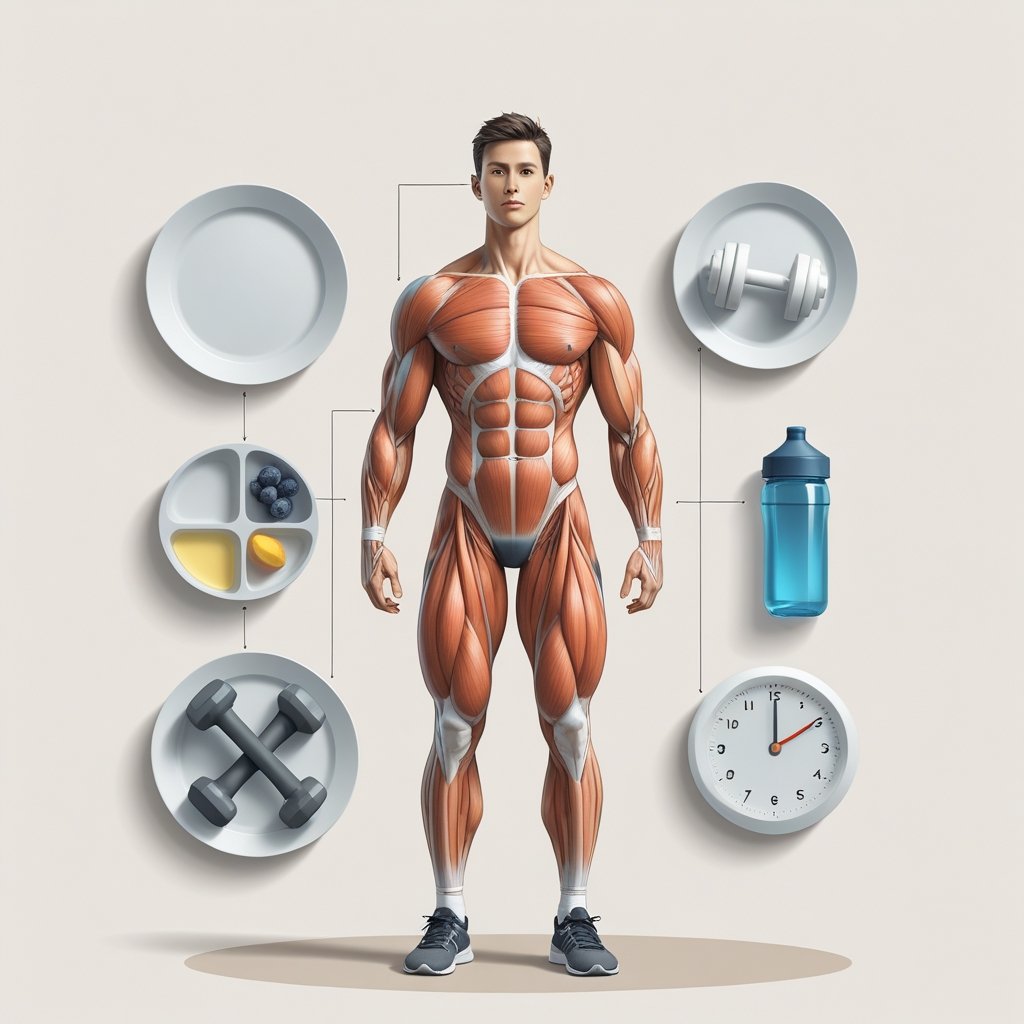If you want to know how to lose muscle mass and get skinny, the most effective approach is to combine a calorie deficit, reduce protein intake, avoid resistance training, and prioritize cardio. This can help you shrink muscle size and achieve a slimmer look—but it’s crucial to do this safely and with awareness of potential risks.
Understanding how to lose muscle mass is important for individuals who feel bulky, want to fit a specific body ideal, or are seeking to reverse prior muscle gain. This article walks you through key strategies, health risks, and expert tips for intentionally reducing muscle mass, using the most recent data from fitness and medical sources.

Key Principles: How to Lose Muscle Mass and Get Skinny
The main keyword: how to lose muscle mass and get skinny
If you want to lose muscle mass, you need to do the opposite of traditional muscle-building advice. Here are the core principles:
- Calorie Deficit: Eat fewer calories than you burn, typically 20–25% below maintenance level (Legion Athletics).
- Reduce Protein Intake: Lower your daily protein to about 0.5 grams per pound of bodyweight, or less if recommended by a nutritionist (Healthline).
- Limit Resistance Training: Minimize weightlifting or resistance workouts; focus instead on cardio or simply stop lifting altogether.
- Increase Cardio: Regular moderate-to-high-intensity cardio encourages the body to use muscle for energy, especially when protein is low.
- Lifestyle Adjustments: Inadequate sleep and high stress can further accelerate muscle breakdown (but may harm overall health).
Important: If you have any health conditions or unique needs, consult your doctor or a registered dietitian before making significant changes.
Step-by-Step: What to Do
- Create a Calorie Deficit
- Reduce your daily calories by 20–25% below maintenance.
- Use a TDEE calculator to estimate your needs (TDEE Calculator).
- Example: If you maintain weight at 2,500 kcal, aim for 1,875–2,000 kcal/day.
- Combine lower calorie intake with increased activity for faster results.
- Lower Your Protein Intake
- Aim for around 0.5 grams of protein per pound of bodyweight (or less, but not dangerously low).
- Example: If you weigh 150 lbs, that’s about 75 grams/day.
- Avoid high-protein shakes or supplements.
- Minimize or Stop Resistance Training
- Stop heavy weightlifting or bodyweight resistance exercises.
- Limit resistance training to once a week or less—or skip it altogether.
- Focus your workouts on movement, not muscle.
- Focus on Cardio
- Prioritize moderate-to-long duration cardio (e.g., running, cycling, brisk walking for 60+ minutes).
- High-intensity interval training (HIIT) can help, but steady-state cardio is often more effective for muscle reduction (Healthline).
- Aim for at least 4–5 cardio sessions per week.
- Manage Recovery & Stress
- Poor sleep and elevated stress increase cortisol, a hormone that accelerates muscle breakdown.
- While this may aid in losing muscle, it also harms overall health and should be managed carefully.
- Monitor Your Progress
- Take body measurements and progress photos weekly.
- Track your strength—if it’s dropping, your muscle is likely shrinking.
- Monitor energy, mood, and injury risk.
What NOT to Do (Health Risks)
Losing muscle mass comes with health tradeoffs. Be aware of the following:
- Never starve yourself. Extreme calorie restriction (under 800 kcal/day) is dangerous and can cause organ damage (Very-Low-Calorie Diet, Wikipedia).
- Do not try to lose all muscle at once. Gradual reduction is safer and healthier.
- Watch for symptoms: Fatigue, weakness, immune issues, and bone loss are possible side effects.
- Consult a professional: Talk to a healthcare provider, especially if you have any underlying health conditions or take medication.
- Avoid crash diets or unverified supplements.
Common Questions on Muscle Loss
Is it safe to lose muscle mass?
Losing some muscle mass is usually safe if done gradually. However, excessive or rapid muscle loss can increase risk of injury, decrease bone strength, and weaken the immune system. Always consult a professional.
How quickly can I lose muscle?
With a significant calorie deficit, reduced protein, and no resistance training, you may notice visible muscle loss within 3–4 weeks. The rate depends on genetics, age, and diet.
Will I gain fat if I stop lifting?
Not if you maintain a calorie deficit. But your metabolism may slow slightly as muscle mass decreases, so monitor your intake.
Can I target muscle loss from specific areas?
Unfortunately, you cannot spot-reduce muscle. Your body will lose muscle wherever it is genetically prone.
Should I be concerned about bone health?
Yes. Less muscle can reduce bone density over time. Consider periodic bone health checks if you maintain a low-muscle physique long term.
Conclusion
Losing muscle mass and getting skinny is possible—but you should always prioritize your health. The safest method is to use a calorie deficit, lower protein, stop resistance training, and add more cardio, all while monitoring your well-being. Always consult a professional before starting any major diet or fitness change.
Ready to start your transformation? Talk to a registered dietitian or trainer for a customized plan, and track your progress to stay safe!
